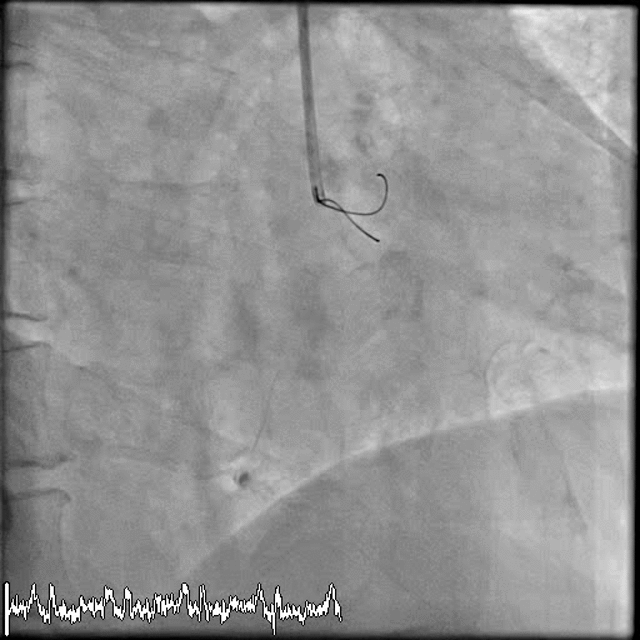
Understanding Screening in Sports
updated 26 July 2020
What do we look for in Athletes
The cause of sudden death in sportsmen is very different in the young compared to the veteran athlete. For amateur athletes over the age of 35 years old; the most common cause of death was still coronary heart disease; while inborn abnormalities of the heart was the most common cause of death in under 35 year olds (Figure 1). Hence screening strategies will differ depending on the age and pre-condition of the athlete. Once again there are no perfect tests and each test has its own strengths and weaknesses.

Are we all the same ?
Figure 1
Figure 2
The Italians had a very successful screening program and they managed to reduce the rate of sudden death amongst their high school athletes using a very simple ECG based screening program (Figure 2).
What they found out was that their population had very high rates of a condition called Arrhythmogenic Right Ventricular Cardiomyopathy (ARVC) and their strategy worked well in their population.
This strategy, or variants of it, is now endorsed and used world-wide including our own Singapore Armed Forces.
What about Singapore ?
Clearly Singaporeans are not Italians nor Minnesotans, and screening Singaporeans require fore knowledge of what inborn conditions we are suffering from. Fortunately, we do have data on young Singaporeans undergoing screening and our unique approach to screening can be optimised for our population.
Why do some Athletes collapse despite being given the all clear ?

Figure 3
During extreme stress, there is an increase in core body temperature, imbalance of the salts within our body, direct damage to the heart and more. This may lead to dangerous heart rhythms (Ventricular Fibrillation) such as the one above (Figure 3). Fortunately for the patient, trained medical personal was present during the collapse with a defibrillator at hand and thus the patient was rapidly resuscitated, made a full recovery and continues to engage in an active lifestyle. The patient subsequently had very comprehensive heart scans and tests which showed that the heart was completely normal. Hence even with a normal heart tests, we tell all athletes to know their limits and to ensure adequate training for the competition or adventure that they are planning to take part in.
There are also very rare inborn conditions which can only be picked up by a CMR (Cardiac Magnetic Resonance) or CT Scan and some only on Genetic Testing.
Figure 4 shows the CT scan of a patient who has an Anomalous Origin of his Right Coronary Artery. In this case, the Right Coronary Artery (RCA) travels between the major blood vessels (Aorta and Pulmonary Artery). This means that with every heart beat, the artery is squeezed, denying blood supply to the heart, and this gets worse during exercise. The long term external pressure applied onto the artery can also lead to damage to the artery and cholesterol plaques can from within the affected segment. Normally patients will be advised to avoid extreme sports and sometimes open heart surgery can be performed to bypass the anomalous artery or to reconstruct it.
Inborn abnormal arteries

Figure 5 A & B


Figure 4
Figure 5A and B
Shows an anomalous artery draining oxygenated blood meant for the heart muscles from the Right Coronary Artery back to lungs via the Pulmonary Artery. If the shunt is severe, it may mean that part of the heart muscle will not have enough blood supply especially during exercise.
However, most of the time this is an innocent anomaly and most patients do not require surgical correction.





